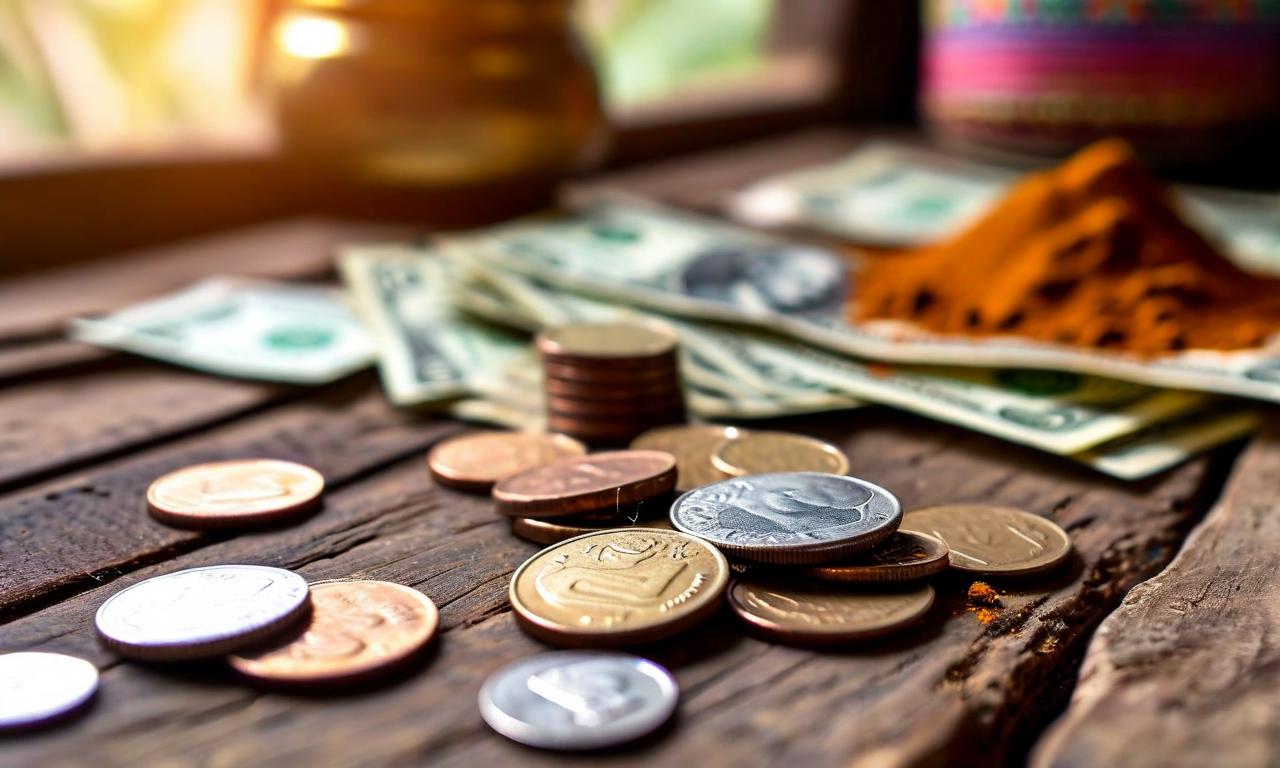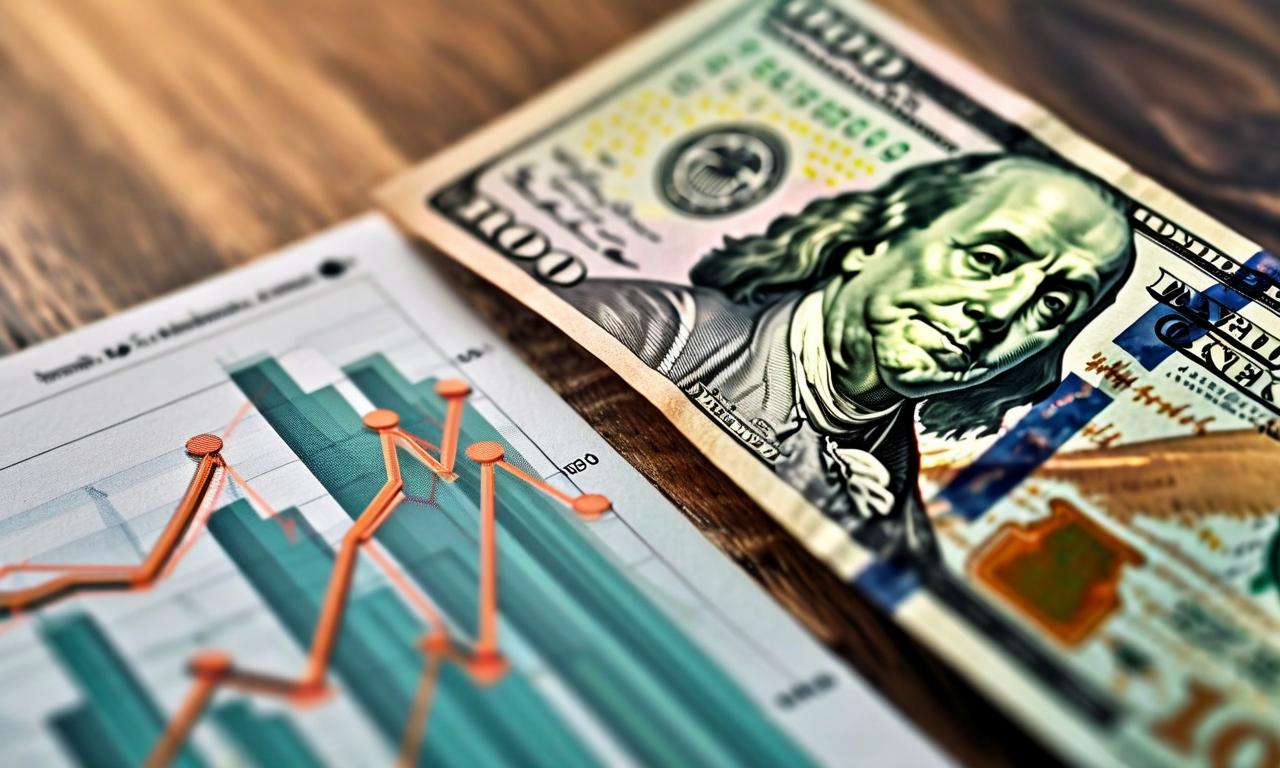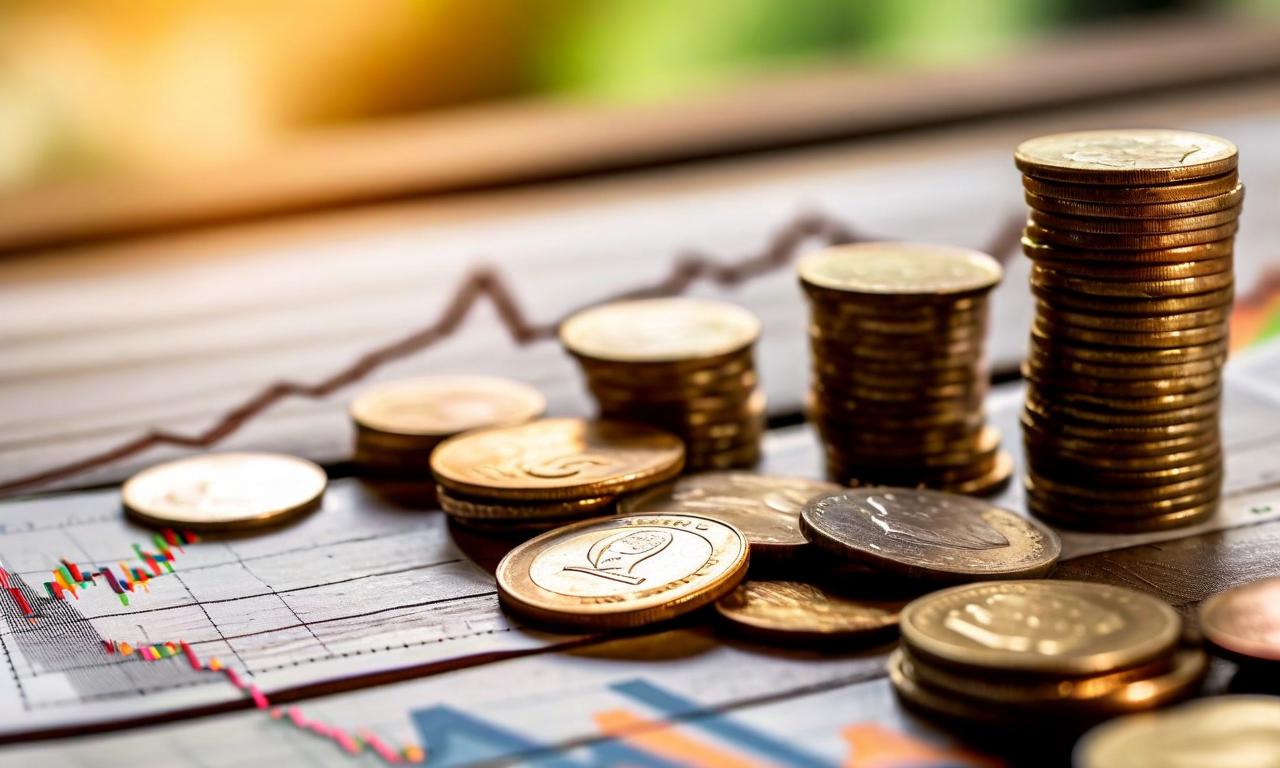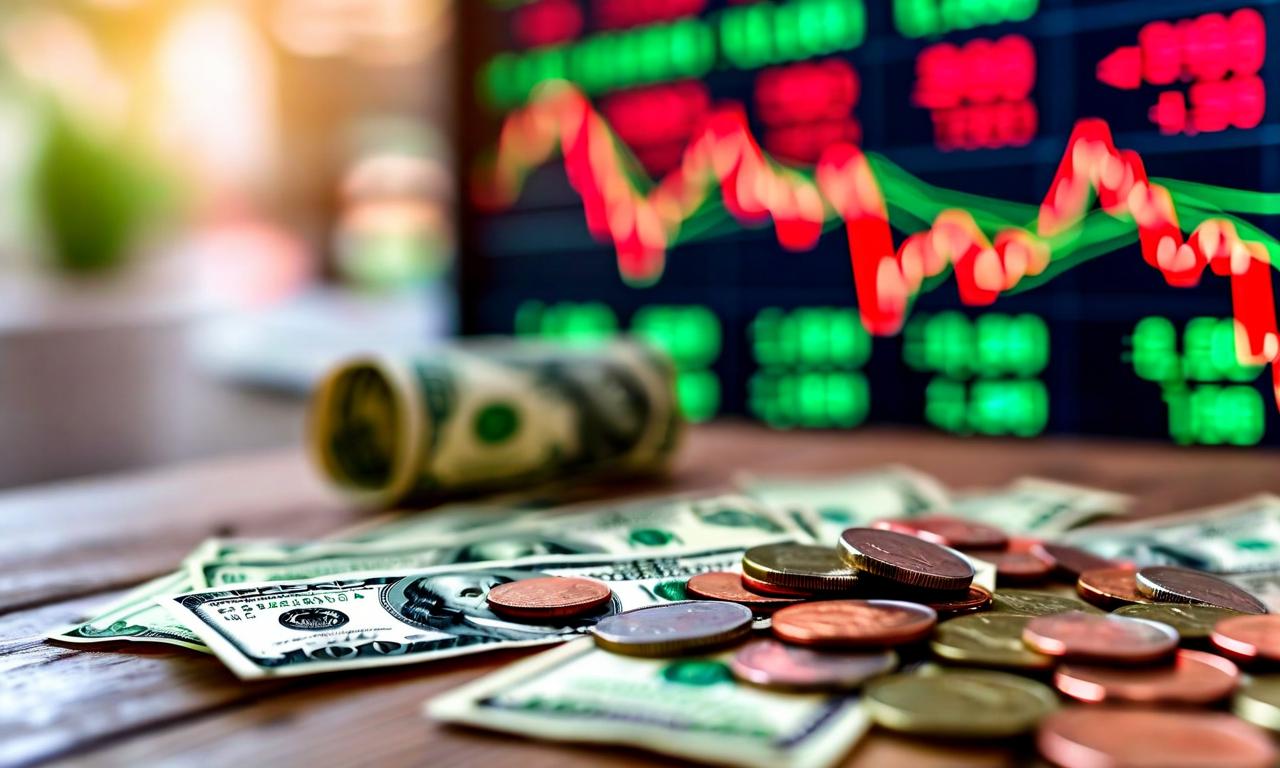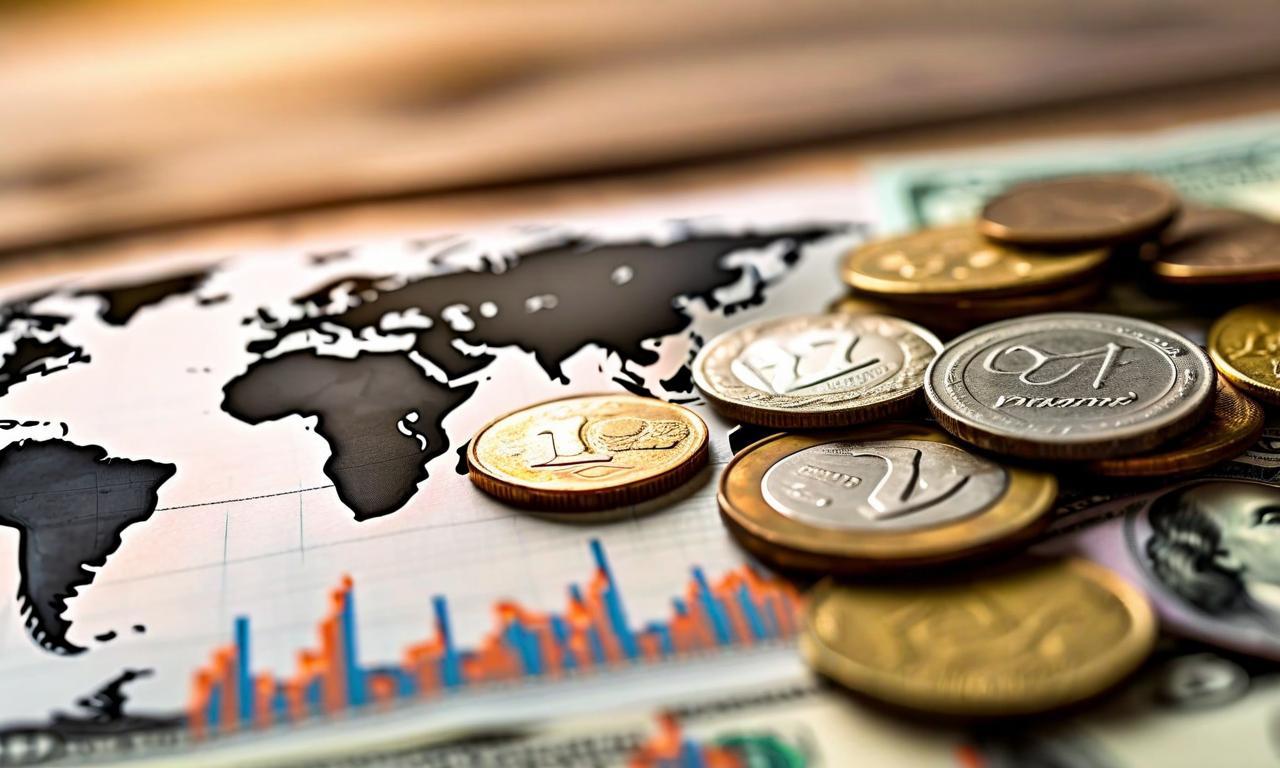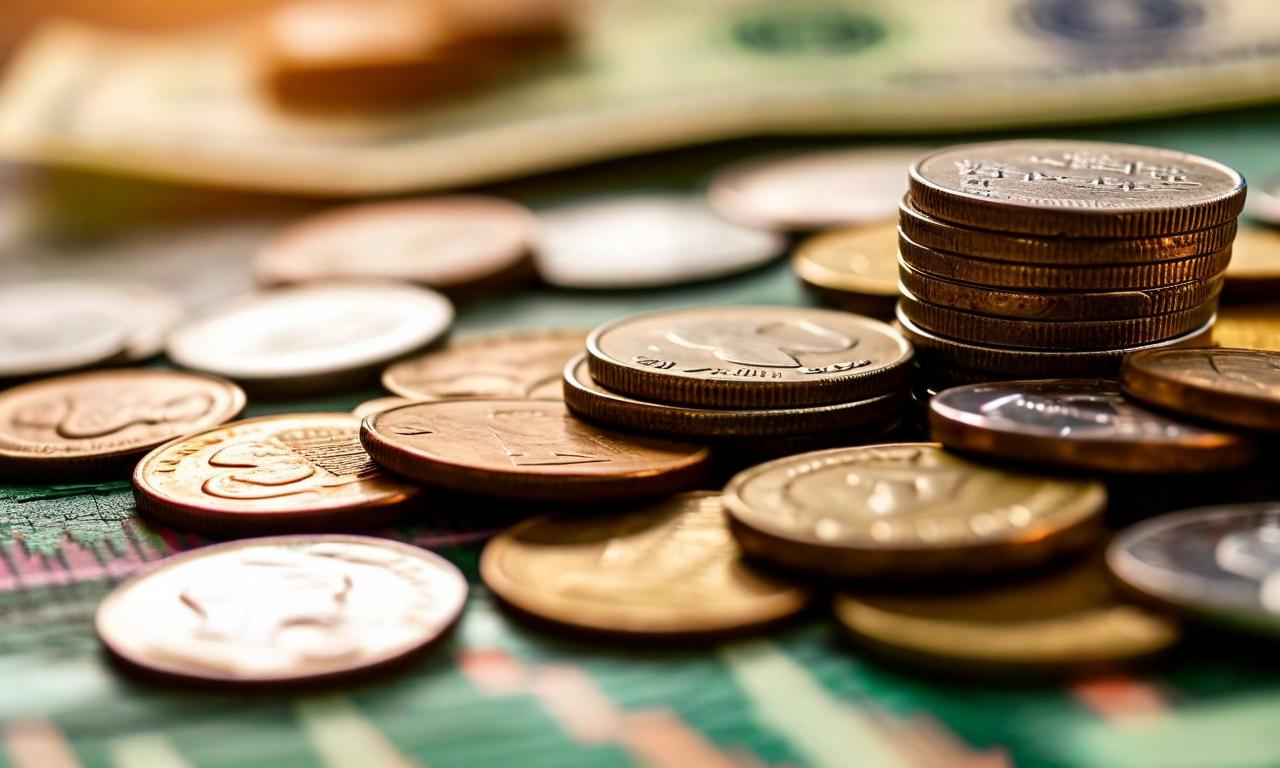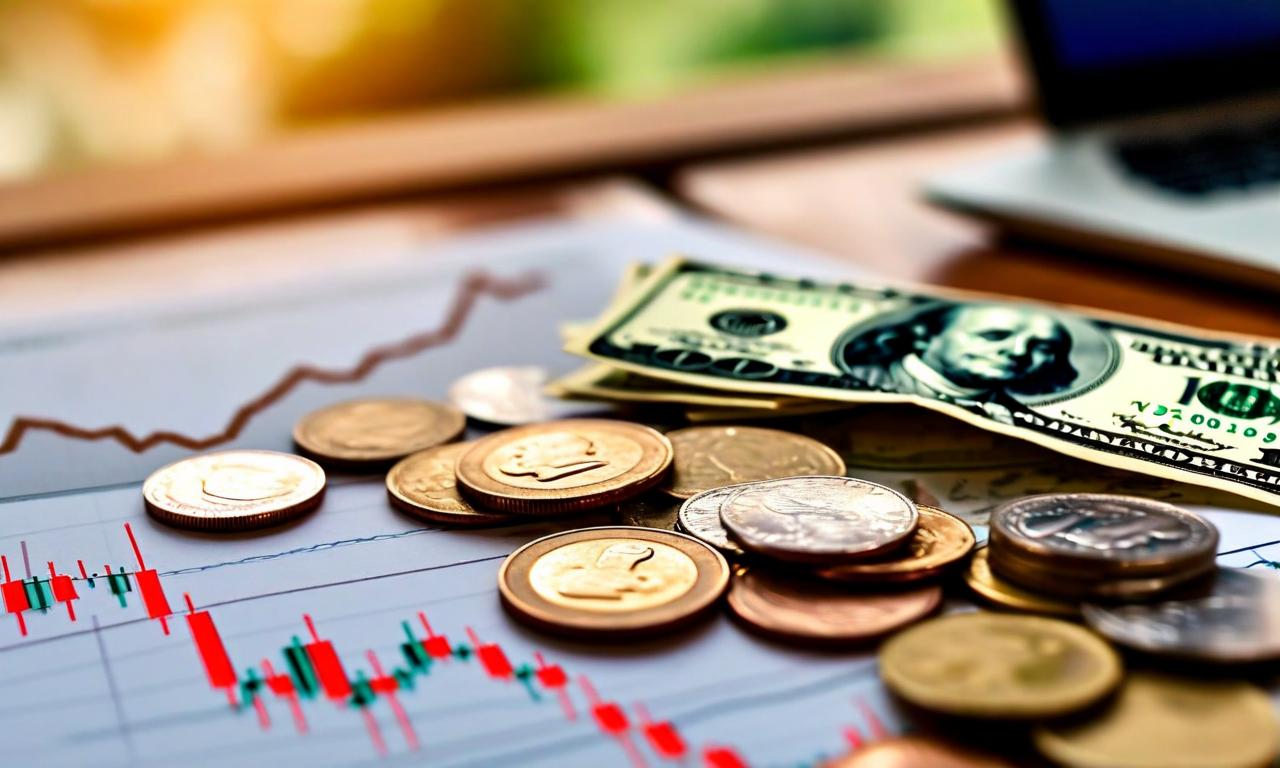Indian Rupee Hits All-Time Low Amid US Policy Shifts and RBI Intervention
The Indian rupee reached a historic low, closing at 88.72 against the US dollar, marking a 0.70% weekly decline. This drop is attributed to significant US policy changes, including H1-B visa fee hikes and new tariffs on drugs, which have raised concerns about their impact on Indian businesses. The RBI intervened to stabilize the rupee, selling $2.54 billion in July, the first month without dollar purchases in over 11 years. India's forex reserves currently stand at nearly $703 billion. The BSE Sensex and Nifty 50 also fell by 2.50% for the week, their steepest drop since late March.

*this image is generated using AI for illustrative purposes only.
The Indian rupee has reached a historic low, marking its worst weekly performance in a month amidst significant US policy changes and Reserve Bank of India (RBI) interventions. The currency closed at 88.72 against the US dollar on Friday, recording a 0.70% weekly decline.
US Policy Changes Impact Indian Markets
Two major US policy shifts have contributed to the pressure on the Indian rupee:
- H1-B Visa Fee Hikes: Sharp increases in H1-B visa fees could potentially impact the business models of Indian IT companies.
- New Tariffs on Drugs: The White House announced new 100% tariffs on branded and patented drugs.
These policy changes have raised concerns about their potential impact on Indian businesses and the overall economy.
Equity Markets React
The ripple effects of these developments were felt in the Indian equity markets as well:
- The BSE Sensex and Nifty 50, India's benchmark equity indexes, each fell by 2.50% for the week.
- This decline marks the steepest drop for these indexes since late March.
RBI Intervention and Forex Reserves
The Reserve Bank of India (RBI) has taken action to mitigate steeper losses:
- The central bank intervened in the markets to prevent more significant declines in the rupee's value.
- In July, the RBI sold $2.54 billion to stabilize the rupee, marking the first month in over 11 years without any dollar purchases.
- The last time RBI did not buy dollars was in February 2014.
- This intervention came as the rupee faced significant pressure, depreciating 2.23% in July.
- The pause in purchases contributed to India's foreign exchange reserves declining from $699.74 billion on July 4 to $688.87 billion on August 1.
- Currently, India's forex reserves stand at nearly $703 billion, close to all-time highs.
Rupee Performance
- The rupee has declined around 3.65% and 3.48% year-to-date against the dollar, representing the highest depreciation after two financial years.
- External factors including uncertainty over US tariffs, the Russia-Ukraine war, Middle East tensions, and domestic foreign investor outflows have pressured the currency.
Outlook
The combination of external policy shifts and domestic market reactions has created a challenging environment for the Indian rupee. While the RBI's interventions have helped to manage the currency's decline, the situation remains dynamic. Experts note that the RBI's actions signal a shift from routine reserve accumulation to defensive interventions using both spot and forward markets.
Market participants will likely continue to monitor US policy developments and their potential impacts on Indian businesses and the broader economy. As global economic conditions evolve, the performance of the Indian rupee and domestic equity markets will remain key indicators of India's economic resilience and adaptability to international policy changes.
